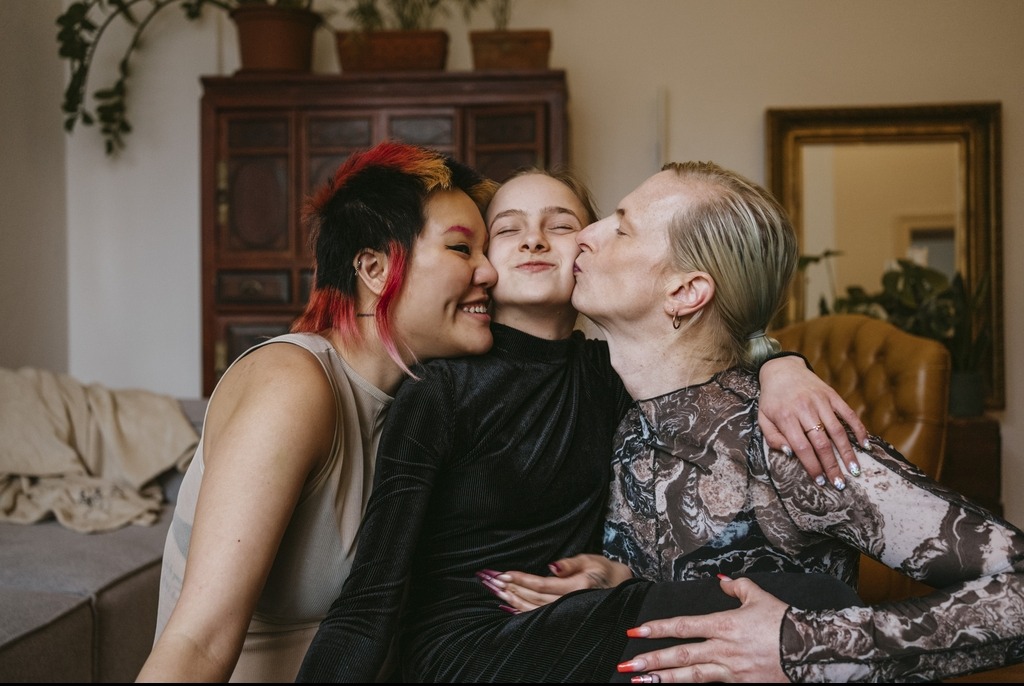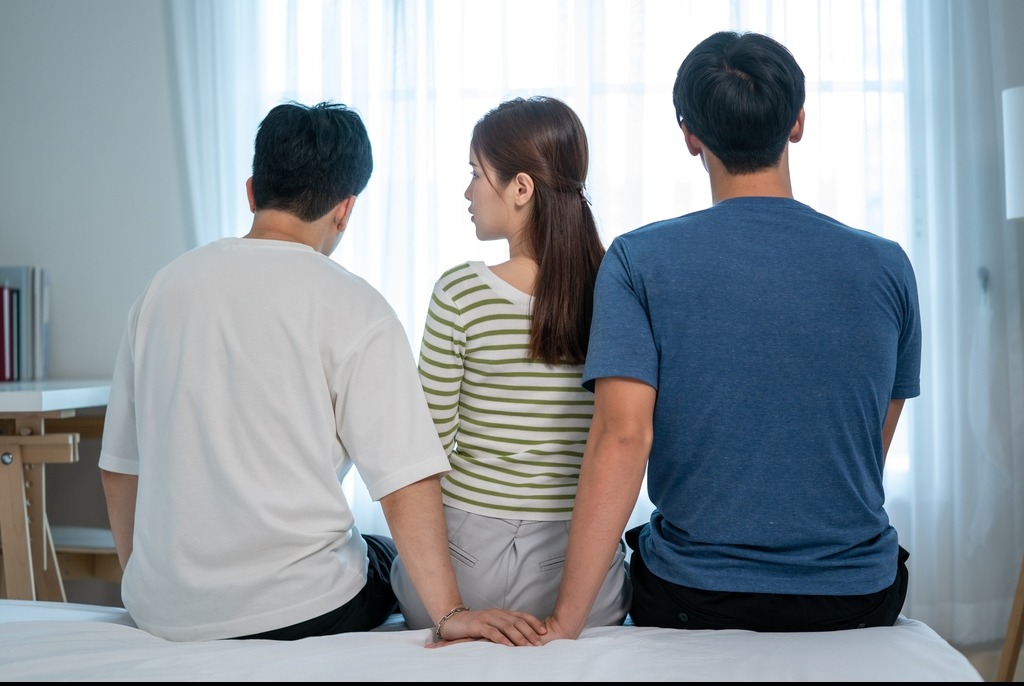People are now coming out as ‘symbiosexual’ – here’s what it means

Now more than ever, more people are coming out as ‘symbiosexual’ – and we’re not surprised.
Sexuality is a complex aspect of human identity, influenced by a wide range of biological, psychological, social, and cultural factors.
It is not simply about sexual orientation or behavior but encompasses desires, attractions, emotional connections, and personal experiences that can change over time.
People’s understanding of their own sexuality can be fluid and influenced by their environment, upbringing, societal norms, and individual life experiences.
Cultural expectations, religious beliefs, and social pressures can further complicate one’s expression of sexuality, often leading to inner conflicts or confusion.
Cue symbiosexualism.
Love triangles have been a staple part of narratives throughout storytelling history, but scientists now believe that this has influenced an entirely new sexuality.
A new study by researchers at Seattle University has identified that ‘symbiosexual’ people are attracted to the energy between established couples rather than between themselves and one other person, bringing a whole new meaning to the more, the merrier.

This type of sexuality is described as “attraction to the energy, multidimensionality, and power shared between people in relationships,” as per a definition provided by the Archives of Sexual Behavior when discussing a previous 2023 study titled ‘The Pleasure Study.’
The study, which surveyed 373 participants about aspects of their sexual and gender identity, also found that a large portion of participants in the study actually felt romantic and sexual attraction to the “synergy” of a third person being thrown into the mix.
And in a world filled with open relationships and sexual freedom, we’re not surprised.

Speaking of the outcome, Dr. Sally Johnston, an adjunct professor of anthropology and sociology who conducted the study, said: “We need to rethink the nature of human attraction and desire as only one-to-one experiences.”
Further research into the topic found that there was a “lack of recognition and validation for this attraction,” even within the polyamorous community and this often led to the mistreatment of the third person within the relationship.
The findings of the studies mentioned above allegedly “push the boundaries of the concepts of desire and sexual orientation in sexuality studies and challenge the ongoing invisibility and invalidation of and stigma and discrimination against such attractions,” according to Dr. Johnson.
In an interview with the PsyPost, the researcher revealed that she was first interested in delving more into the unique sexuality after “[hearing] people talk openly about experiencing attraction to established couples.”
“I wanted to learn more about this understudied attraction,” she added.

After conducting the study, participants were interviewed to get a better understanding of why this sexuality was the best to describe what they were attracted to.
One participant, referred to as ‘Hayden’, said that she was attracted to couples because of “their cohesiveness.”
“You feed off their energy, their attraction to each other…there’s an interplay between the couple,” she added.
Another participant, called ‘Sage’, also added: “I also just want to be smack in the middle of that relationship. I would also like to be included in this relationship… I really think my ideal dynamic might be myself and a couple.”
While there is not much research out there about this particular desire currently, we’re sure there will be much more over the next decade as sexuality continues to broaden.
